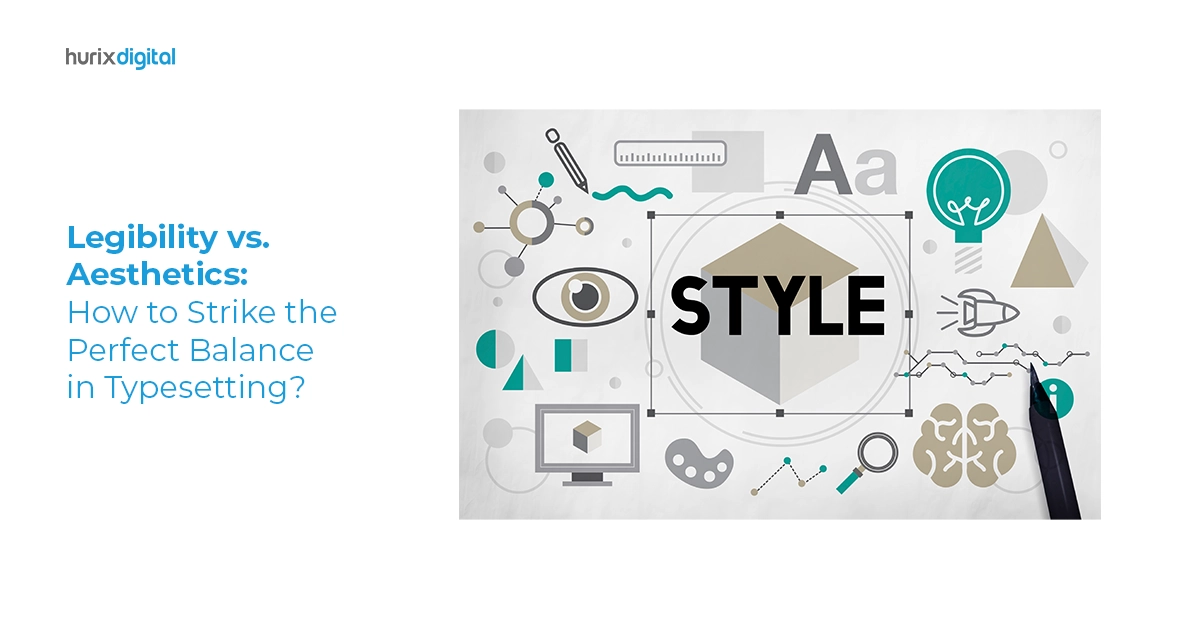Summary
This article provides an overview of automated multilingual typesetting and its benefits. It discusses the challenges and solutions to overcome the linguistic typographic terrain.
A recent study revealed that 72.4% of consumers prefer to purchase products in their mother tongue. Moreover, 55% of consumers are more inclined to buy a product if it provides information in their native language. The data proves mastering multilingual content creation is mandatory to tap into international markets and boost your bottom line.
But how can you capture the impact of your original content in a translation? The entire visual experience of how the text flows, the alignment of images, and the overall design are pivotal in capturing your interest. From the formatting and cultural nuances to the aesthetics of your deliverable- with multitudes of translations into several languages, getting your translation right can be very challenging.
Here is where typesetting companies come into play
Table of Contents:
- What is a Typesetter?
- Key Challenges & Innovative Solutions For Adopting Automation
1. Font Compatibility & Glyph Variations
2. Text Expansion & Contraction
3. Bidirectional Languages & Complex Script Support - The Bottom Line
What is a Typesetter?
Multilingual typesetting is the art of formatting and arranging translated text and images on a graphic program to effectively engage your global target audience, regardless of their language. The end products include the following:
- Aesthetically pleasing business collaterals
- Customizing quality websites
- Brochures
- User guides
- Marketing flyers
- Multimedia and slide presentations
Harnessing automated multilingual typesetting services ensures the perfect fonts that support the characters of each language while evoking the right emotions and conveying your brand’s personality. Content management systems and automation allow you to centralize your content, making it easier to update and maintain across various languages to ensure consistency across all your versions, saving you time and effort.
Embracing technology and automation is the key to conquering the multilingual content maze.
However, there are some challenges posed by multilingual typesetting.
Also Read: Choosing the Right Translation Technology for Efficient Localization
Let’s explore some key challenges and innovative solutions that make adopting automation smoother and more efficient.
1. Challenge: Font Compatibility and Glyph Variations
The art of multilingual typesetting encounters a fascinating challenge concerning hyphenation and line breaks across different languages. Each language embraces unique rules for applying, timing, and positioning hyphens. Arabic, for instance, avoids the use of hyphens altogether. On the contrary, English welcomes hyphens in diverse scenarios.
Automated multilingual typesetting tools revolutionize the game, effortlessly navigating this diverse typographic terrain by embracing these linguistic intricacies. Not all fonts possess the complete collection of characters required for every language, leaving us with missing or wonky-looking glyphs. Each language boasts a variety of shapes and sizes, which can throw off the visual harmony of a document.
Navigating this typographic labyrinth demands a savvy font selection and the aid of intelligent automated systems which effortlessly switch between suitable fonts, tweaking glyph sizes to restore the impeccable appearance of your text.
Solution: Intelligent Font Management Systems
Intelligent font management systems ensure typographic harmony by tackling typeface compatibility and glyph variation issues. They effortlessly select the perfect font for each language by analyzing the content of your document.
These systems continuously evolve their font-finding prowess by leveraging machine learning algorithms and user feedback to render characters flawlessly, maintaining visual consistency.
2. Challenge: Text Expansion and Contraction
Languages have a way of playing with space. Sentence structure, grammar, and even word length cause text to exhibit varying levels of expansion and contraction. For instance, the composite German words stretch on the page when translating English to German. Spanish or French, on the other hand, tend to expand significantly, around 20-25%. Due to complex characters,
Chinese, Korean, and Japanese contracts but demand more vertical spaces. Typesetters face a significant challenge when dealing with text expansion and contraction, as it can disrupt layouts, cause overlapping text, and create design inconsistencies.
Solution: Dynamic Layout Adjustment
Dynamic layout adjustment algorithms can tackle the challenges of text expansion and contraction head-on. With a keen eye for linguistic nuances, these algorithms effortlessly tweak layouts, line breaks, and spacing, accommodating the ever-changing lengths of the translated text.
These solutions ensure the harmony of design, ensuring every language remains legible. With their help, multilingual typography encapsulates a symphony of aesthetics and readability. With its precision, robust, flexible features, and knack for turning raw text into beautifully formatted documents, latex typesetting provides a delightful typographic experience for users.
3. Challenge: Bidirectional Languages and Complex Script Support
Text alignment preferences are as diverse as the languages themselves. English flows left to right, but Arabic, Hebrew, and Persian are the opposite. A complete adaptation of the document’s layout becomes essential, embracing the rhythmic nuances of each language’s reading direction when translating a website page from English to Arabic.
Multilingual typesetting takes on a new level of complexity with right-to-left languages like Arabic and Hebrew, along with elaborate scripts like Thai and Chinese. The complicated character compositions and specific positioning demands of these languages present unique challenges in the typesetting process.
Solution: Intelligent Script Handling
Automation can handle bidirectional languages and intricate scripts seamlessly. The intelligent systems accurately decode the complexity of characters, recognizing their relationships, ligatures, and contextual forms.
Arabic typesetting services ensure every character finds an appropriate positioning within the text flow. Automated script handling makes typesetting a breeze, liberating us from manual adjustments and ensuring accessibility and efficiency.
The challenges of automating multilingual typesetting may seem daunting. With the right tools and strategies, partnering with localization experts, and leveraging automation, you can navigate the intricacies of multilingual typesetting.
Also Read: Managing Multilingual Workforce Learning Programs: Tips and Strategies
The Bottom Line
The once labor-intensive typesetting process has undergone a remarkable revolution, opening doors to seamless and efficient document production. Thanks to intelligent solutions, organizations can effortlessly connect with diverse audiences worldwide- font challenges, text expansion, and bidirectional languages no longer hold us back.
Automated multilingual typesetting services ensure the legibility of your content so your message shines through, captivating readers across the globe for leaving a lasting impact on your audience.
Experience the artistry of multilingual typesetting, crafted with meticulous care and attention to detail at Hurix. Our team of skilled typesetting professionals ensures clear, accurate, and visually captivating layouts in every language.
Embark on a typographic journey today and watch as your campaign transcends borders!











